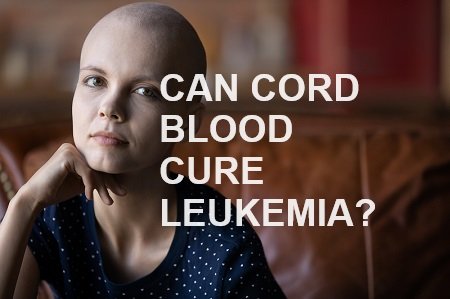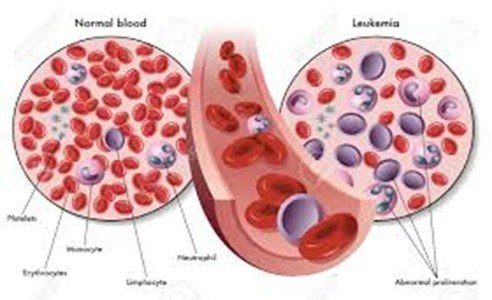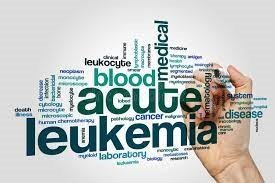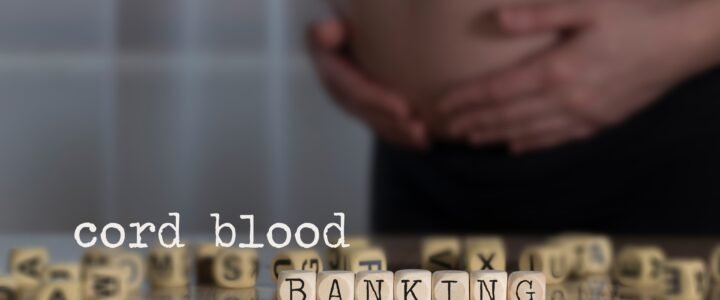Stem cell banking has certainly started to gather momentum in many countries including Australia. An increasing number of parents who are expecting a baby in the near future are researching their options and finding out all they can about the procedure and what it could mean for the future. They also want to know about the procedure itself and importantly, the stem cell storage cost Australia.
Stem Cell Storage Cost Australia

Here we bring you all the important information…
What is stem cell storage?
The blood found in the umbilical cord which joins a pregnant woman and her unborn baby is very precious as it is rich in haematopoietic stem cells.
These stem cells are capable of developing into different types of blood cells. These cells are found in organs such as the heart, bone and muscle. Stem cells can also develop into nerve cells.
This ability means that the stem cells can be transplanted to help effectively treat more than 70 different serious illnesses.
‘Cord blood’ is the name given to the blood that is found in the umbilical cord. Until recently, after the delivery of the baby, the umbilical cord was clamped and cut, and the cord was discarded. However, scientists have found that the cord blood can be collected and frozen for future use.
The blood is stored in a private blood bank in case the baby or their siblings should need a stem cell transplant in the future. Cord blood can also be donated to a public blood bank to help treat other children and adults.
Why consider stem cell storage?
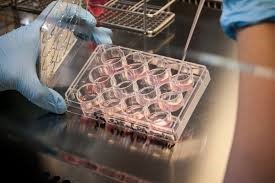 Banking cord blood is like an insurance for your baby and their siblings. If any of them need a stem cell transplant in the future to fight a potentially fatal illness the cord blood can be used.
Banking cord blood is like an insurance for your baby and their siblings. If any of them need a stem cell transplant in the future to fight a potentially fatal illness the cord blood can be used.
The blood will be a perfect match for the baby whose cord blood has been stored. In addition, it will be a good enough match for the blood to be transplanted to their siblings.
The stem cells can be transplanted to effectively treat a range of serious illnesses including some cancers.
Recently, babies have received transplants of their own cord blood –
‘In clinical trials to develop therapies for cerebral palsy, hydrocephalus (fluid in the brain), oxygen deprivation at birth, traumatic brain injury, sensorineural hearing loss and Type 1 (juvenile) diabetes. Research is still needed before these therapies are accepted and implemented’.
It is well worth considering stem cell banking if a particular illness does run in your family that can be treated with a stem cell transplant.
These include some cancers and immune deficiency diseases where your family is at greater risk than the general population. Some parents find private blood banking reassuring – particularly if they have several children or plan to add to their family.
Banking cord blood can also be beneficial if the mother has a history of complications in pregnancy that could cause premature birth.
Babies born prematurely sometimes develop health problems. Scientists are currently researching how the child’s own cord blood can be successfully used to treat them.
How is the cord blood collected?
 If a couple decides that they would like the cord blood from their baby collected, it is essential that they organise this in advance of their baby’s birth.
If a couple decides that they would like the cord blood from their baby collected, it is essential that they organise this in advance of their baby’s birth.
Whether they want to have the cord blood stored in a private blood bank or donated to a public blood bank, this must be arranged in advance. Not all hospitals have the facilities to collect cord blood.
Once the baby has been delivered, the doctor/ midwife clamps the umbilical cord in two places – about 25cm apart. This procedure separates the baby from their mother. It is completely safe and pain-free.
In the past, at this stage, the umbilical cord- along with the placenta – would be discarded. After the cut section of umbilical cord is removed, a needle is inserted into the cord and the stem blood is quickly collected. The amount of stem blood collected is about 45 millilitres.
Nicola Madigan on the newborn baby website describes the final stage –
‘It’s easy to arrange your cord blood and tissue collection. Once signed up you will be sent a collection kit that you take to the hospital. At the time of birth, your Cell Care Collector or Obstetrician will collect the cord blood and tissue. The collection process takes about 5 minutes and is painless to mother and baby’.
Once collected, the blood and tissue are then couriered to a specialised laboratory and storage facility. At the laboratory, the plasma is removed and the remaining cells, including stem cells, are cryogenic ally stored at -196 C’.
What are the risks involved?
Collecting cord blood is completely safe and pain-free. It usually takes less than ten minutes.
Stem cell storage cost Australia – What are the costs?
 Private stem cell storage cost Australia is reasonable when compared to storage costs in USA.
Private stem cell storage cost Australia is reasonable when compared to storage costs in USA.
For a fee, one of the Australian private cord blood banks will collect, process, freeze and store cell-rich umbilical cord blood for future medical use.
The Australian cord-blood storage companies charge on average about $3,000 to store one unit of cord blood for a period of 18 years.
Stemlife is one of the Australian cord blood storage companies. It says cord blood storage provides-
“a safe, ethical and affordable solution to those parents who want to take advantage of a once in a lifetime opportunity”.
As cord-blood storage is not cheap, the private cord blood banks do offer a variety of payment plans as well as discounts on pre-paid plans.
According to babycenter.com.au, there is the opportunity to pay interest-free instalments over a few months. Alternatively, there is the option for a longer repayment plan with a monthly payment of $145 a month, spread over two years, which will come to a total cost of about $3,500.
Another option is to –
‘You can also pay a first-year processing fee that ranges from about $1,750 to $2,780. Following this payment, you would then pay an annual storage cost of about $100 to $175 for each year you choose to continue storage’.
As well as stem cell storage, there is the opportunity to store cord tissue as well as blood and there is an extra cost for this.
Who to contact to find out more –
With time on your side, it is well worth starting to research whether your local hospital can collect cord blood and whether it can be transferred to your chosen private blood bank.
This website provides guidance on how to choose the right private blood bank for you.
Final Thoughts – Stem cell storage cost Australia
Stem cell banking is gaining momentum in Australia, prompting expectant parents to research the procedure and its potential benefits. An important aspect of this exploration is understanding the stem cell collection procedure and the associated stem cell storage cost Australia.




 For
For Stem cells from cord blood can be used for the newborn baby or their siblings. Some serious illnesses can only be treated with the child’s own cord blood. This is known as ‘autologus’. Other illnesses need to be treated with the stem cells from the
Stem cells from cord blood can be used for the newborn baby or their siblings. Some serious illnesses can only be treated with the child’s own cord blood. This is known as ‘autologus’. Other illnesses need to be treated with the stem cells from the 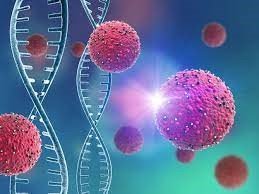 It is important to consider banking cord blood for each of your children, especially if your family has a history of any medical conditions that can be successfully treated with stem blood cells.
It is important to consider banking cord blood for each of your children, especially if your family has a history of any medical conditions that can be successfully treated with stem blood cells.